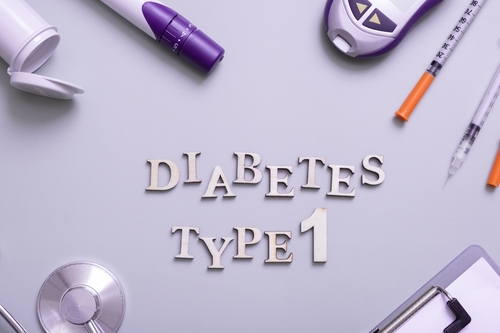
Many people have taken to social media to express their thoughts surrounding the COVID-19 pandemic. Since people with autoimmune and inflammatory diseases may be considered a vulnerable population in terms of the pandemic, a group of researchers analyzed how people with arthritis have utilized Twitter to discuss how they’re feeling during the pandemic.
“Emerging evidence suggests that people with arthritis are reporting increased physical pain and psychological distress during COVID-19,” the researchers explained. “At the same time, Twitter’s daily usage has surged by 23% throughout COVID-19, presenting a unique opportunity to assess the content and sentiment of tweets.” Their study has been accepted for publication in the Journal of Medical and Internet Research.
The researchers searched Twitter for publicly available tweets posted in English that used hashtag combinations pertaining to arthritis (#arthritis, #spoonie, #rheumatologist, and #rheumatology) and COVID-19 (#coronavirus, #covid19, #isolation, and #socialdistancing). The hashtags that garnered the most tweets were #coronavirus, #covid19, #arthritis, and #spoonie. (According to the researchers, #spoonie was “coined by people living with chronic illness to describe various methods of pain management.”) They also searched for the terms without the hashtags to ensure specific arthritis types were included in the search results.
Between March 20 and April 20, 149 tweets were posted. Most people who posted were female (70%) and from the United States (45.5%). Conditions reported for people who posted included rheumatoid arthritis (21%), systemic lupus erythematosus (8%), psoriatic arthritis (7%), and more; specific diagnoses were unclear for most tweets (58%).
The following seven themes were identified from the tweets:
- Healthcare experiences (“I’m a long-term user of #hydroxychloroquine,” “#Hydroxychloroquine destroyed my red blood cells”)
- Personal stories (“My rheumatologist has asked that I go into isolation. Now all I can do is enjoy the world from my window,” “My immune system is compromised but I’m being told to go to a germy hospital???”)
- Links to, or advertisements of, relevant blogs and forums (“To our members, subscribers, followers, and fans: we are here for you. #BeSafe”)
- Discussion of arthritis-related symptoms (“Anyone else’s arthritis flaring due to extra phone use?”)
- Advice seeking and sharing (“Any suggestions for chronic pain sufferers? Coronavirus has been very rough #arthritis #spoonie,” “DO we know if those if us with autoimmune conditions [arthritis] have a higher risk from #coronavirus”)
- Messages of positivity (“It’s amazing how motivating isolation can be! On my bike but knee sore #arthritis”)
- Stay-at-home messaging (“#stayathome,” “#arthritissucks,” “#arthritiswarrior”)
The researchers concluded, “Through exploring the content and sentiment of recent tweets, we found that individuals with arthritis conditions experience marked anxiety about medication shortages and increased physical symptom burden, and are seeking connection with, and information from peers. These findings can be used to raise awareness of key issues relevant to people with arthritis during COVID-19, and to guide clinicians to tailor care that addresses the specific concerns and needs of their patients during the pandemic.”







 © 2025 Mashup Media, LLC, a Formedics Property. All Rights Reserved.
© 2025 Mashup Media, LLC, a Formedics Property. All Rights Reserved.